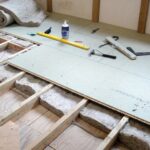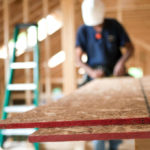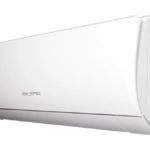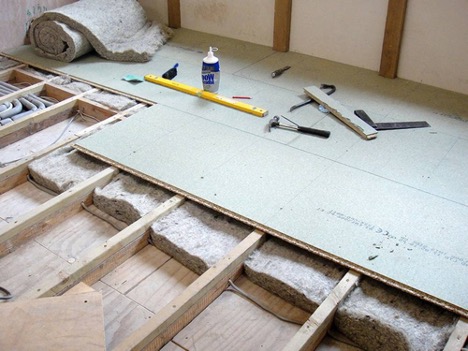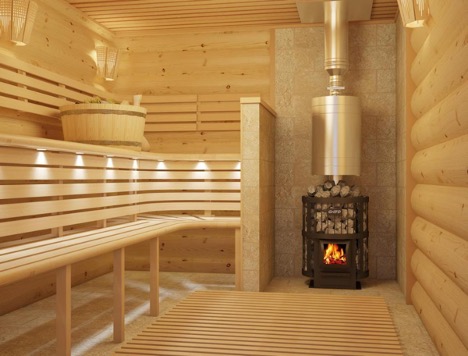Smoker on a chimney pipe: what is it, description, how to install, diagram
Smoker on the chimney pipe - This is an important element of the heating system, which is installed at the top of the chimney. It serves to protect the chimney from precipitation, prevents backdraft and promotes more efficient removal of flue gases.
Dymnik - this is not just a decorative element, but a functional part that ensures the safety and efficiency of the stove or fireplace. It prevents birds, small animals and various foreign objects from entering the chimney, and also protects against sparks that may occur during the combustion process.
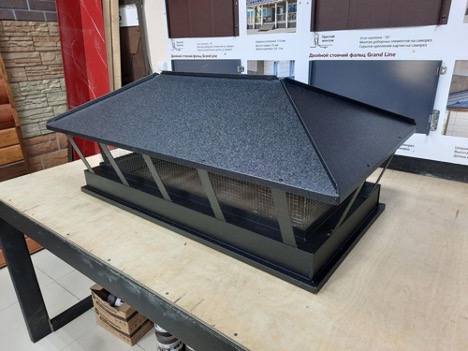
The content of the article
How to install a chimney on a chimney pipe
Installing a chimney on a chimney pipe requires care and compliance with safety precautions. The installation process includes:
- Selecting a suitable chimney according to the size and shape of the chimney pipe.
- Check the chimney pipe for damage and contamination.
- Fixing the chimney to the top of the pipe using fasteners to ensure a reliable and stable installation.
It is important to ensure that the chimney is installed correctly and does not interfere with the chimney draft.
What is a chimney and its advantages
So, what is a smoker? This is a device mounted on the top of the chimney, which provides protection from various external influences and promotes more efficient smoke removal.The benefits of installing a chimney include:
- protection of the chimney from precipitation and debris;
- preventing birds and small animals from entering the chimney;
- improving draft and preventing smoke backflow;
- protecting the roof and surrounding area from sparks and hot ash.

Mistakes when choosing a chimney
Choosing the right chimney is critical to the efficiency and safety of your chimney. However, when choosing a smoker, many make mistakes that can lead to undesirable consequences. Being aware of the most common mistakes will help you avoid problems in the future.
- Incorrect chimney size. Choosing a chimney that does not match the size of the chimney pipe can lead to poor draft or, conversely, to excessive draft. This may affect heating efficiency and safety.
- Ignoring the material of manufacture. Choosing a chimney made from materials that are not resistant to corrosion or high temperatures can lead to rapid wear and the need for replacement.
- Insufficient consideration of climatic conditions. In regions with strong winds or heavy rainfall, a chimney with increased protection is required. Ignoring climatic conditions can lead to malfunctions in the chimney.
- Misconceptions about the effect on cravings. Some people believe that installing a chimney does not affect the chimney draft, but this is not the case. The wrong choice of chimney can impair draft, which will affect heating efficiency.
- Ignoring style and aesthetics. While functionality is a top priority, it is also important to consider how the chimney will fit with the exterior of the building.
- Insufficient consideration of additional functions.Some chimneys are equipped with additional features such as backdraft protection or spark arresting screens. Ignoring these features may lead to unwanted problems.
By avoiding these mistakes, you can choose a chimney that will provide not only effective smoke removal, but also the safety, durability and aesthetics of your home.
Chimneys for pipes: variety and choice
The market offers a wide range of chimneys for pipes, differing in materials of manufacture, shape, size and additional functions. When choosing a smoker, it is important to consider the following factors:
- your chimney type;
- climatic conditions of your region;
- individual requirements for functionality and appearance.
When choosing a chimney, you should pay attention to its design and material (stainless steel, galvanized steel, ceramics, etc.). You also need to take into account the ability to resist corrosion and high temperatures. It is important to consider the ease of installation and maintenance of the chimney, as well as its compatibility with the existing heating system.

